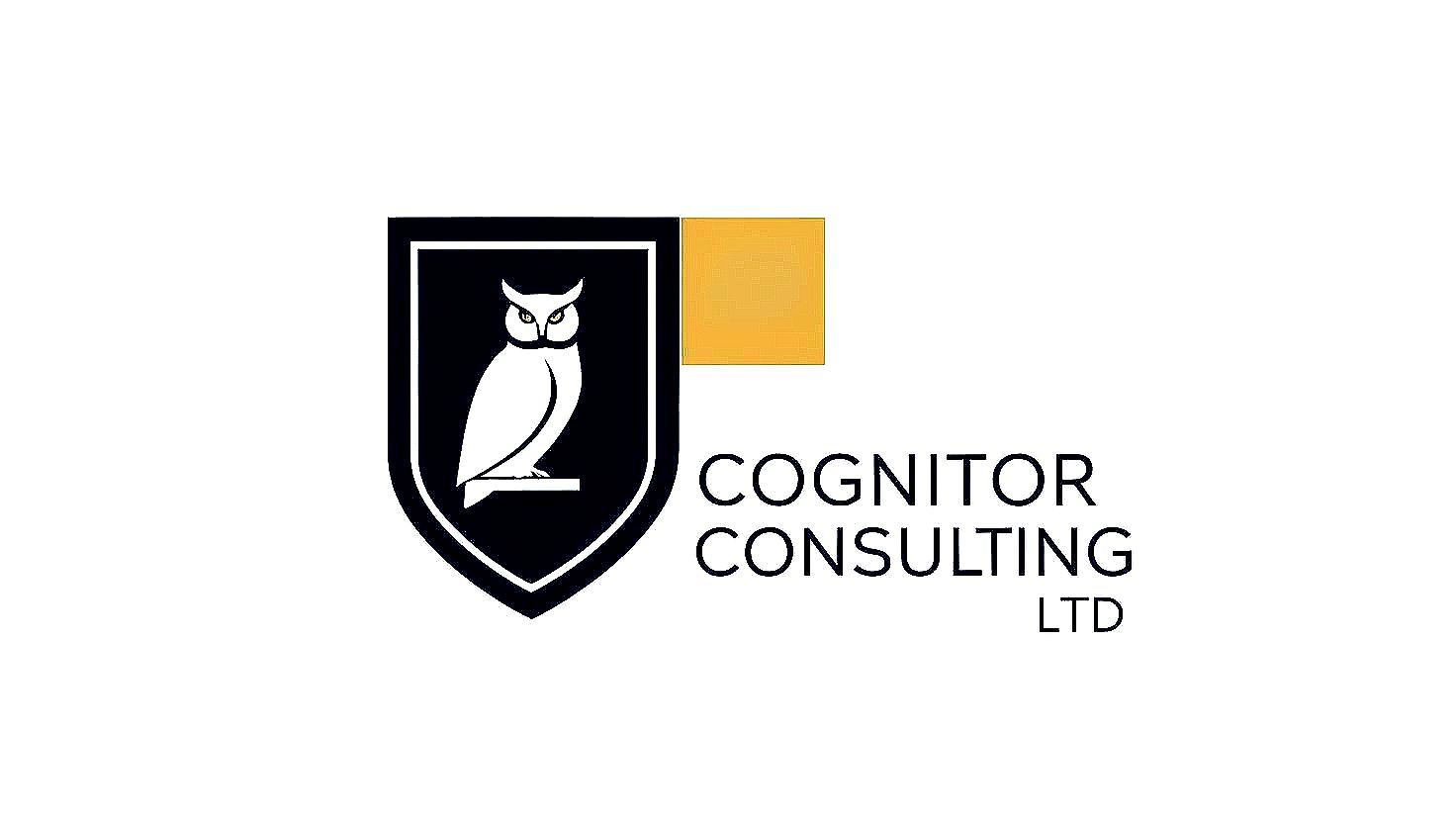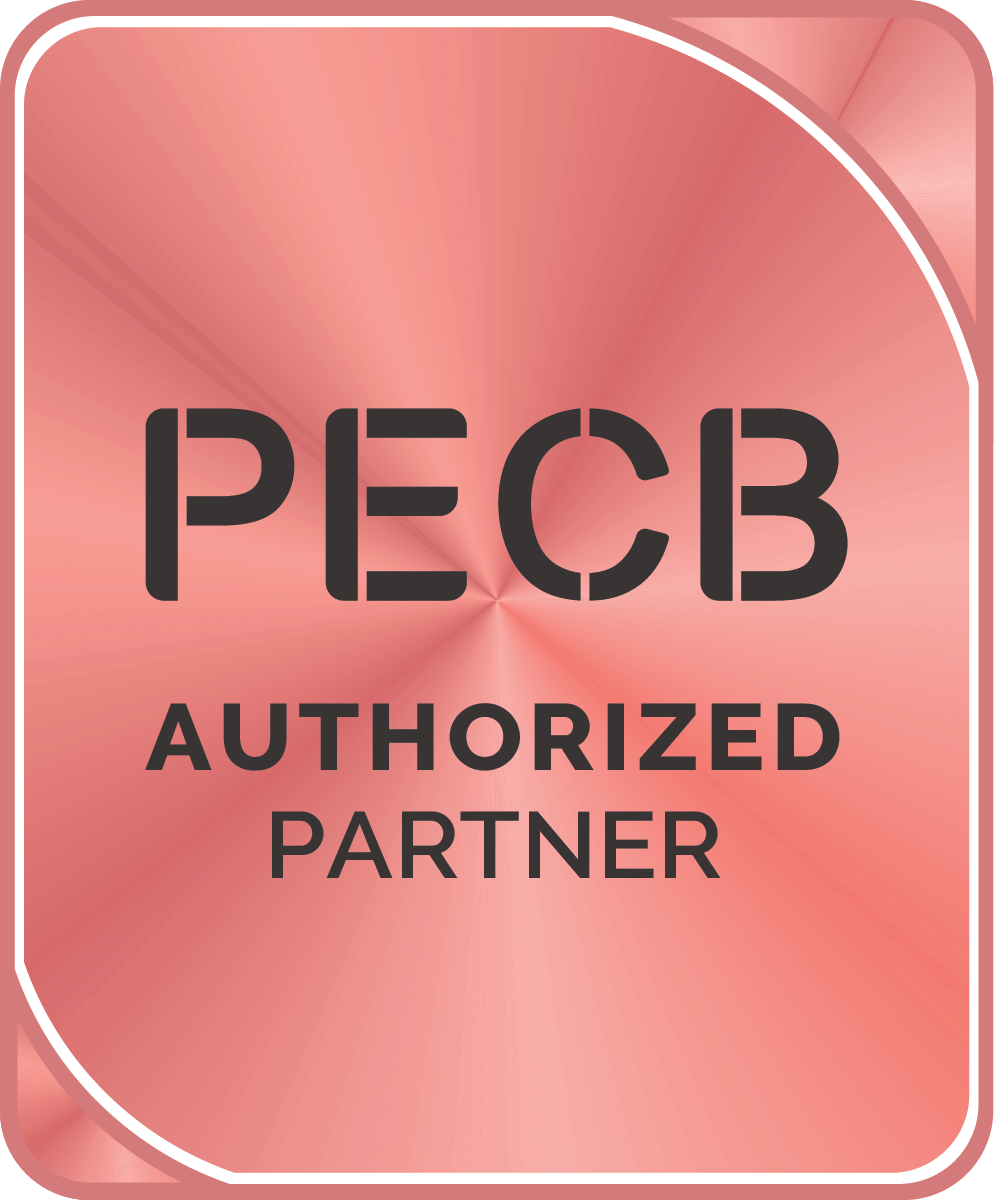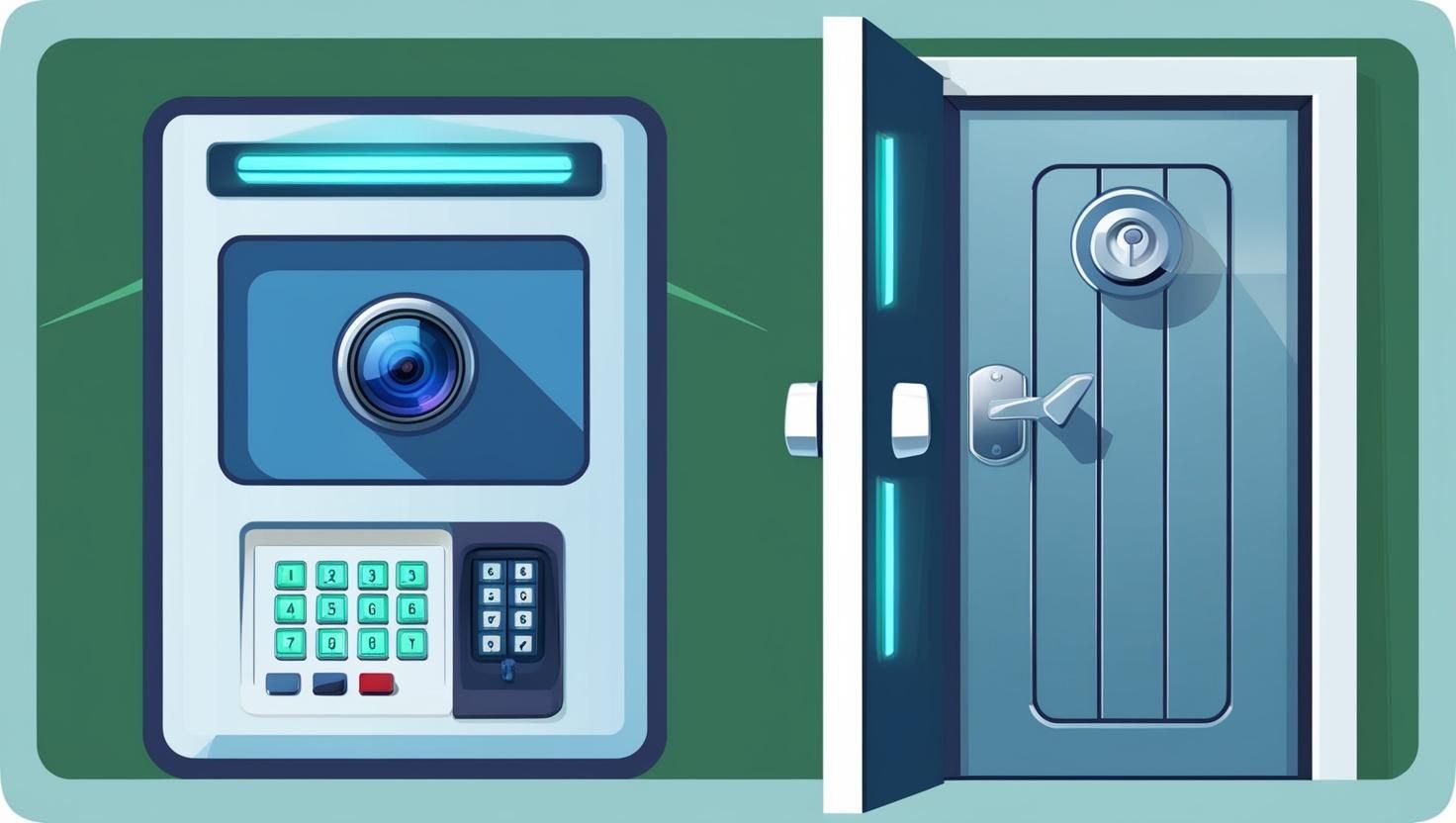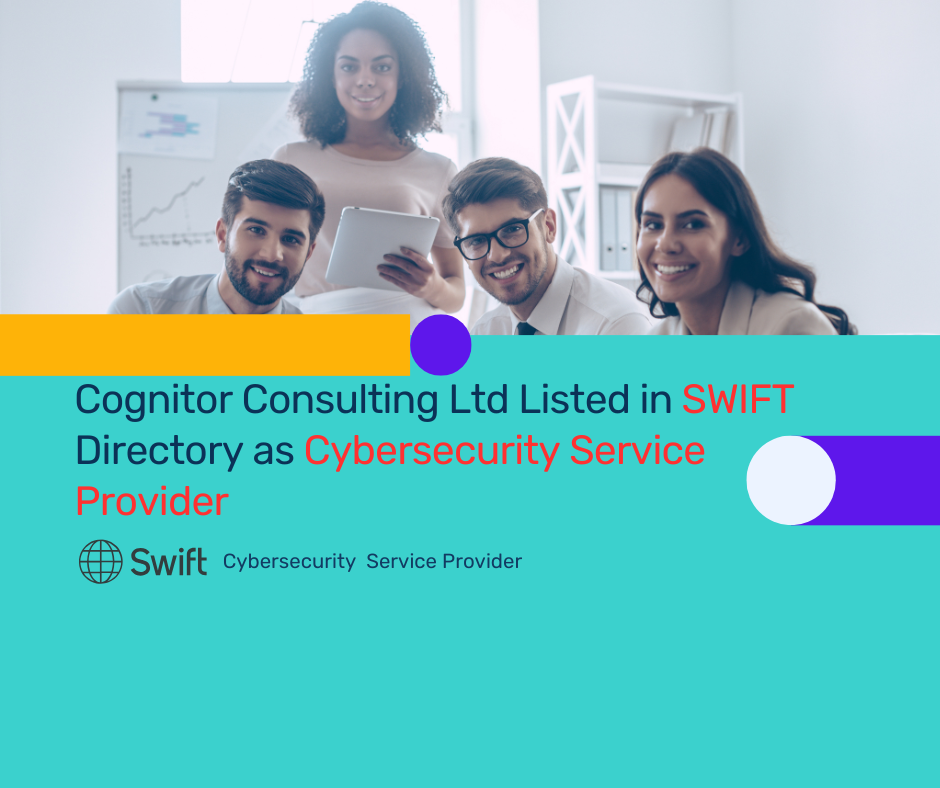Secure Storage
- Keep paper documents, files, thumb drives, and backups containing personally identifiable information (PII) in locked rooms or file cabinets
- Limit access to authorized employees only, based on business necessity.
- Control key distribution and keep track of the number of keys in circulation.
Document Handling
- Require that files containing PII(Personal identifiable information) be stored in locked cabinets when not in use.
- Remind employees to refrain from leaving sensitive papers exposed on desks when they're away from their workstations.
- Implement a practice where employees put away files, log off computers, and lock cabinets and office doors at the end of each day.
Building Access Controls
- Implement appropriate access controls for your premises and inform employees of procedures to follow if they encounter unfamiliar individuals.
- Limit access to offsite storage facilities to employees with a genuine business need and monitor access activities closely.
Secure Data Transport
- Encrypt sensitive information before shipping via outside carriers or contractors.
- Maintain an inventory of shipped information and opt for overnight shipping services with tracking capabilities.
Device Security
- Secure devices that collect sensitive information (e.g., PIN pads) to prevent tampering by identity thieves.
- Conduct regular inventories of such devices to ensure they haven't been swapped or compromised.
By implementing these measures, you can significantly reduce the risk of physical breaches and protect sensitive information from unauthorized access.
Hakim Fubara CISSP, CISM, CISA, CEH, PCI-QSA, ISO/IEC 27001 Lead Auditor







